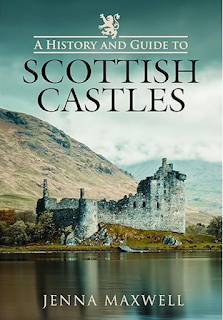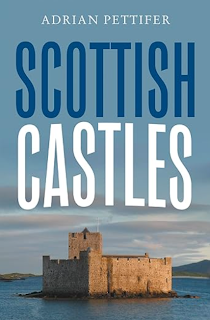Old Inverlochy Castle!
Greetings, history buffs! Let’s journey to the majestic
Highlands of Scotland, where the ruins of Old Inverlochy Castle stand as a
testament to centuries of Scottish history.
A Glimpse into History:
13th Century: Built around 1270-1280 by John “the Black”
Comyn, Lord of Badenoch and Lochaber, Old Inverlochy Castle was a formidable
stronghold for the powerful Clan Comyn. It may have been constructed on the
site of an earlier Pictish fortification.
1306: After Robert the Bruce ascended to the Scottish
throne, he captured and burned the castle, leading to the Comyns’ dispossession.
1431: The castle witnessed the first Battle of Inverlochy,
where Alexander MacDonald, Lord of the Isles, defeated King James I’s larger
army.
1501: Control of the castle passed to Clan Cameron, who held
it until 1505.
1505: The partially ruined castle was granted to Alexander
Gordon, 3rd Earl of Huntly, who was tasked with repairing it for use as a Royal
garrison.
1645: During the Wars of the Three Kingdoms, the castle
served as a stopping-off point for the royalist army of James Graham, 1st
Marquess of Montrose, culminating in a victory for the royalists in the second
Battle of Inverlochy.
19th Century: The estate was bought by James Scarlett, 1st
Baron Abinger, who made minor enhancements to the castle in preparation for
Queen Victoria’s visit in 1873.
Architectural Marvel: Old Inverlochy Castle is unique in
that it has remained largely unchanged since its construction. The castle
features a quadrangular courtyard surrounded by a substantial curtain wall,
with round towers at each corner. The largest of these, known as the Comyn Tower,
served as the castle’s keep.
Strategic Location: Situated on the south bank of the River
Lochy, the castle commands the entrance to the Great Glen, a key passage
through the Scottish Highlands. Its strategic position made it a vital
stronghold in Scotland’s medieval power struggles.
Today, Old Inverlochy Castle stands as a scheduled monument,
offering visitors a fascinating glimpse into Scotland’s medieval past. The
ruins provide a unique insight into the lives of those who once occupied this
stronghold and the historical events that unfolded within its walls.
Have you visited Old Inverlochy Castle? Share your photos
and experiences in the comments below!
#OldInverlochyCastle #ScottishHistory #ClanComyn
#ClanCameron #HistoricScotland
https://www.inverlochycastle.co.uk/
https://castlesinscotland.blogspot.com/
https://www.google.com/maps/d/edit?mid=1NTTk4vGyDXVvUWaZkYuTE6X1IA9p8A8&usp=sharing
#scotlandtravel #scotlandexplore #scotland
#scotlandbymotorhome #motorhome #motorhomelife #homeiswhereyouparkit #vanlife
#vanlifeuk #searchforsites #park4night #CamperUK #motorhometouringscotland
#nc500 #northcoast500 #se250 #sw300 #OldInverlochyCastle #IsleOfMull
#ScottishHistory #ClanMaclean #HistoricScotland
.jpg)



















